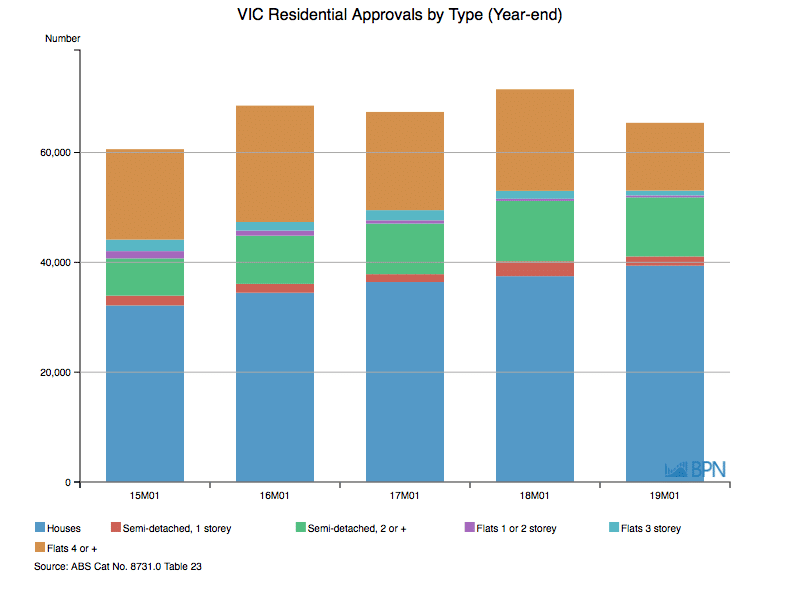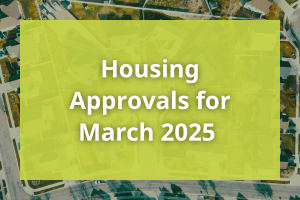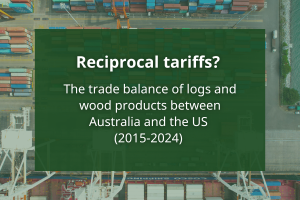Australia’s residential dwelling approvals are slowing noticeably, with approvals in January down 2.4% on December 2018. Over the year-ended January 2019, approvals were 9.0% lower in total, at 205,666 separate dwellings. Regardless of the steep slowdown and the impact that will have on the future pipeline of work, it is important to focus on the long-term trends and the residual resilience of free-standing houses.
As we can see in the national chart below, Australia’s annualised dwelling approvals have certainly turned sharply down, but are still towards the all-time highs achieved over the last few years.

To go straight to the dashboard and take a closer look at the data, click here.
Two successive months of declines are in part seasonal at this point in the year. However, annualised approvals are falling more steeply than any other time over the decade.
As the table shows however, while the situation is becoming serious in aggregate, approvals of free-standing houses continue to be more or less stable compared with the prior year. For now, anyway.
| YE Jan ’18 | YE Jan ’19 | % Change | |
| Houses | 119,515 | 118,608 | -0.8 |
| Semi-Detached, 1 Storey | 11,206 | 7,987 | -28.7 |
| Semi-Detached, 2 Storey | 26,513 | 25,040 | -5.6 |
| Flats 1 or 2 Storey | 1,983 | 1,630 | -17.8 |
| Flats 3 Storey | 4,525 | 2,957 | -34.7 |
| Flats 4 Storey | 62,275 | 49,444 | -20.6 |
| Total Dwelling Units | 226,017 | 205,666 | -9.0 |
As we have discussed previously, Australia has more than one housing market, and as the next chart and table show, State level approvals have been performing at different levels for some time now.

To go straight to the dashboard and take a closer look at the data, click here.
| YE Jan ’18 | YE Jan ’19 | % Change | |
| NSW | 72,796 | 63,243 | -13.1 |
| VIC | 71,779 | 65,642 | -8.5 |
| QLD | 43,191 | 38,784 | -10.2 |
| SA | 12,260 | 11,874 | -3.1 |
| WA | 19,582 | 16,138 | -17.6 |
| TAS | 2,745 | 3,097 | 12.8 |
| NT | 771 | 694 | -10.0 |
| ACT | 4,346 | 7,208 | 65.9 |
As the data shows, Victoria and New South Wales saw largely the same level of approvals over the year-ended January. But Victoria has a smaller population, so its volume of approvals is, at one level, proportionally higher. In the next chart, we can see Victoria’s approvals, by type over the last five years.

To go straight to the dashboard and take a closer look at the data, click here.
| YE Jan ’18 | YE Jan ’19 | % Change | |
| Houses | 37,481 | 39,396 | 5.1 |
| Semi-detached, 1 storey | 2,713 | 1,675 | -38.3 |
| Semi-detached, 2 or | 10,997 | 10,764 | -2.1 |
| Flats 1 or 2 storey | 384 | 347 | -9.6 |
| Flats 3 storey | 1,442 | 884 | -38.7 |
| Flats 4 or more storey | 18,501 | 12,342 | -33.3 |
| Total | 71,518 | 65,408 | -8.5 |
Victorian data is clear. Approvals are declining quickly, but most importantly, the only current outlier is free-standing houses. Their 5.1% growth in approvals over the year-ended January 2019 is a demonstration of the strength of this main housing format over all time periods. It is not as clear-cut in other states, but the trend is clear and continuing.
A downturn is underway, but the least elastic of the housing formats remains houses.



